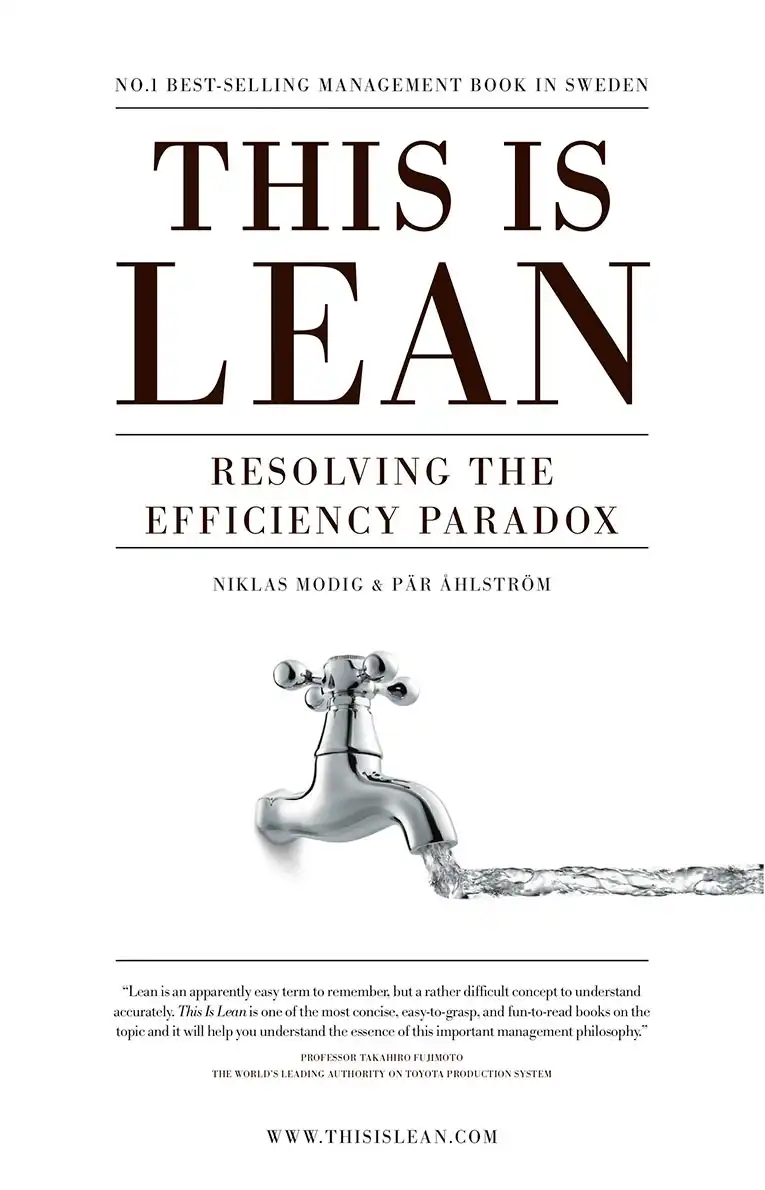Monday, September 15, 2025 • 3 min read
How Do Companies Unlock Collective Intelligence?


Ordinary People, Extraordinary Outcomes
High-performing organizations don’t just stack individual skills. They create the conditions for collective intelligence, where ordinary people, working together, achieve extraordinary results. This is where Drucker’s vision meets Toyota’s Lean practice: greatness doesn’t come from isolated talent, but from a system that allows everyone to contribute.
Here’s a starting point that’s simple, easy to grasp, and practical in daily work. No jargon. No complex theories. Just lived experience you can use.
A Hierarchy of Concepts
Let’s start with a simple hierarchy of ideas.

At the top are the fundamental values. Who we are and how we behave. Respect for people is an essential pillar.
From these fundamental values, we can extract principles. For example, if the fundamental value is "Customer first", the derived principles would be: "Always protect the customer", "See problems from the customer's point of view", and so on.
Thanks to these principles, we have consolidated and defined which internal methods we want to follow. If one principle is to "always protect the customer", then we will apply methods that ensure tests are integrated into our processes from the very beginning. I’m thinking of "Test Driven Design", but also approaches such as "Secure by Design" or "DevSecOps".
From these methods, we can refine a set of tools and activities that we aim to master and apply in our daily work. This is where AI tools fit in, for example. They are powerful, but they still belong at the very bottom of the hierarchy. The hierarchy always prevails.
Stability and Movement
The most stable part is at the top of the hierarchy. The most volatile is at the bottom.
And daily, we feed the upper layers with feedback from the lower layers. Did we miss an activity or a tool? Do our methods need to be adapted? Did it respect our principles? Do our principles need to be reviewed?
A Learning Organization
And all of this creates a learning organization, where knowledge is never fixed, remains alive, without being top-down, paradoxically. Because everyone carries each level. It's not a split of responsibility, it's a common backbone. Truth comes from the field and from results, positive or negative, not from opinions.
The formalisms are very simple, even rustic. And information is mainly visual and accessible to all, to avoid islands of expertise or decisions that create friction (handovers with loss of context, useless work, loss of meaning, disconnection between strategy and operations...).
A Flow of Knowledge
In this system, knowledge is never fixed. Information is a flow that allows leadership and operations to work together. It's not a centralized asset that would serve as a source of truth. Because this information is riddled with unverified hypotheses and errors that need to be tested and validated before they can be consolidated with the rest.
This allows us to be humble and to get out of ego battles, or HiPPO mode (Highest Paid Person's Opinion).
It also prevents us from throwing ourselves into the arms of the latest Gartner trend or SAFe or whatever. We rely on our DNA, on our existing teams, and on their experiences and shared history. We don't ask them to compare themselves to a stock market star. Just to compare themselves to who they were yesterday, aiming to be a little better tomorrow.
The Beauty of the System
The beauty of all this is that it's people-centered. And it's very resilient.
It doesn’t require massive investment. The main effort is to share core values and principles, to be honest with ourselves, and to continuously improve everything that can be improved.Going Further
If you want to know more, I recommend reading this book:

This is Lean
By Niklas Modig and Pär Åhlström
This book brilliantly explains the difference between resource efficiency and flow efficiency. Through clear examples and engaging storytelling, it demonstrates why focusing on flow efficiency leads to better outcomes for both customers and organizations.
The key insight: organizations often optimize for keeping resources busy (resource efficiency) when they should optimize for smooth value flow (flow efficiency). This fundamental shift in thinking is at the heart of Lean.
I've already recommended and given it to countless friends and colleagues.
Learn more about the book →If you don't like reading, call me. I love discussing it.